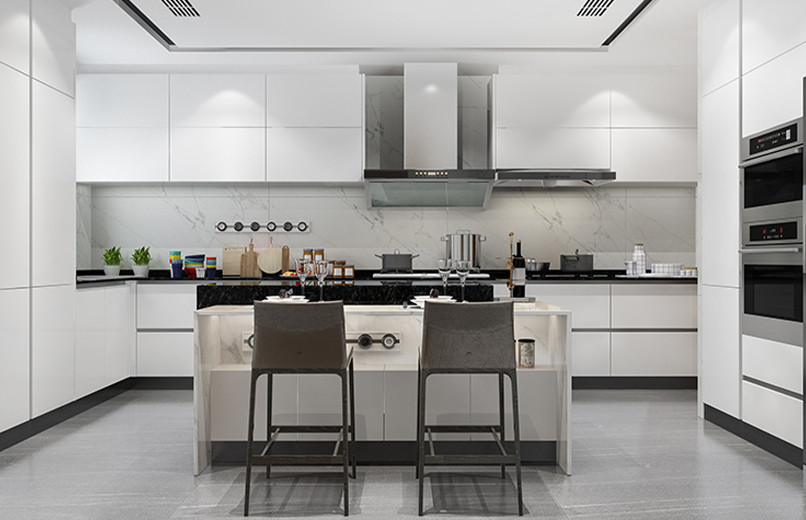ORGANIZATION OF LIGHTING IN THE INTERIOR
Many professional designers insist that light is the language of interior design. Light allows us to perceive form, space, texture, and color. Lighting can have various effects on architectural examples, as it can enhance, distort, or even destroy them.
The interior design of any space, whether it's a home, apartment, or beauty salon, often depends on lighting. Light can create various moods, making a space mysterious, dull, relaxing, quiet, or confusing.
In addition, a well-organized lighting system can make an interior feel businesslike, secluded, festive, etc.
Modern interiors are multifunctional, and that's why versatility in lighting is of great importance. Interior design often helps to resolve conflicts arising from improper planning of natural lighting during the day. Such problems can be solved using artificial lighting. If a space is not adequately lit by sunlight, brightness can be achieved using large lamps. These lamps come in completely different and unusual shapes and can replace natural lighting.
Designers using artificial lighting have no limits to their imagination. This leads to the creation of such interesting and original examples that it is impossible not to be amazed. This is the work of true professionals.
In many cases, designers prefer to combine several lighting groups at the same time. If a client chooses this option, a specific lighting group plays an active role in the particular situation. In this case, the wall can be illuminated with perimeter lighting, which is typically point lighting.
Wall lighting often plays the role of central lighting. This could be, for example, wall lamps. Experts use halogen lamps to achieve a contrasting light effect. When the ceiling and floor have different levels, parallel lighting, more specifically neon lighting, is used to enhance the effect.
The organization of lighting in an interior has the power to bring joy, comfort, warmth, uniqueness, taste, and originality to a space, captivating the hearts of homeowners and their guests.
Using light, it is possible to divide any space into different zones. There are main lighting types intended for each zone. In many cases, designers recommend using lamps of different types in the same room to properly divide the space into zones with light. Overhead lighting is considered one of the essential elements, as sometimes it is impossible to do without a central light source. This requirement usually applies to kitchens and living rooms.
Point lighting sources are divided into various types, and it is impossible to divide zones with light without them. We are talking about table lamps, floor lamps, spotlights, and wall lamps as lighting tools. These lighting examples allow you to emphasize a specific area of the room when needed. For example, a lamp directed at the table or wall lamps can be helpful during family meals, while the rest of the room remains dark. In the kitchen, lamps that brightly illuminate the area where food is prepared will come in handy.
A carefully thought-out and properly lit zone is the perfect choice for those who value the harmony of beauty, rationality, and comfort. Professional interior designer Irina Romanova offers various options for dividing space with light. By using her services, you will not face any problems regarding lighting and its harmony with the overall interior of the space.
Currently, lighting tools offered in the market allow you to easily create a unique and extraordinary interior in any space. It is essential to understand that lighting should be neither too much nor too little, but just right. Excessive lighting can negatively affect the homeowner's situation. In short, insufficient lighting will not improve the mood either. It is known that lighting is one of the main sources that have a significant impact on a person's mood. That's why it's crucial to approach different interior details correctly and smoothly.



